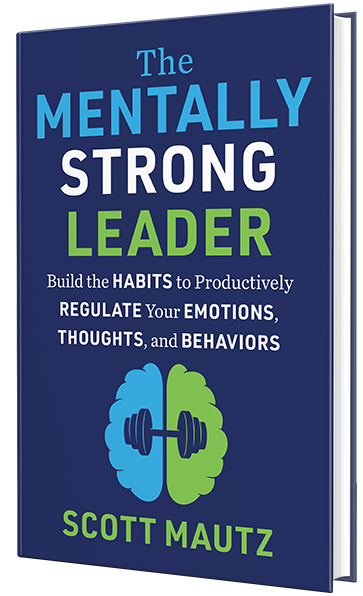
INSIGHTS (on leadership/self-leadership)
• Decisions, decisions. You make them all day long, big and small—so who wouldn’t love to make better decisions? But it’s hard enough to make the right call when you have the time and resources you need, which is never. Much more common are traps that research shows corral you into making bad decisions. One such trap to avoid: don’t make high-priority decisions at low-energy times. I’m talking about decision fatigue; when you’re mentally worn down from making lots of decisions, so you just make the call on remaining ones with far less thought. A famous example of decision fatigue comes from a 2011 Princeton University Study that showed prisoners were more likely to have parole successfully granted if their parole meeting was in the morning versus the afternoon. Accordingly, I started scheduling meetings with big decisions to happen in the morning, when I’m at my sharpest. To make better decisions, also excel at getting input from everyone. A Northwestern University study showed that in the average meeting, 70 percent of the talking is done by one or two people (which matches my experience). That won’t help. What will help though is avoiding analysis paralysis and using the 60/40 rule instead: decide based on 60 percent gut, 40 percent data. Also, never evaluate anything while you’re emotional, and unplug from the constant onslaught of information you receive to clear your mind and give the best course of action a chance to present itself.
IMPERFECTIONS (a mistake I’ve made)
• We often forget that self-awareness starts, first and foremost, with self-acceptance. Instead, the first thing we think of when hearing the term self-awareness is, “What’s wrong with me that others aren’t (or maybe are) telling me?” But when you constantly pair self-awareness with self-judgment, the only thing you become self-aware of is all the things you perceive you deserve to be judged for. I most certainly make this mistake, all too often. I’m working on reminding myself that self-awareness starts with accepting myself and being aware of all the good things that I bring to the table. Here’s a little trick I use when I catch one of my self-awareness sessions spiraling down into self-judgment. I try to remember that the word “are” is tucked into the word “awareness” for a reason, as in, appreciate what you already are instead of just pummeling yourself for what you believe, or what you believe someone else believes, you aren’t.
IMPLEMENTATION (one research-backed strategy, tip, or tool)
• We’ve all seen leaders share their “10 Principles of Leadership” type lists. They’re helpful–you get to know that person’s leadership style and character in one page. But true character arises in times of crisis, so use adversity to show yours. If you want to stand out, share an “In Times of Adversity” Manifesto with your group to let them know what they can expect from you as the leader when the going gets tough. Mine says:
In Times of Adversity
– Expect me to be the eye of the storm. Calm, cool, collected. I’ll never forget you take cues from me.
– I’ll drive out fear. Job #1 is to steer the ship back on course. There’ll be time later to constructively learn from who did/didn’t do what. I’ll remind us that we really are all in this together, and that our mortal enemy is ignorance of the fact that the enemy is external.
– I’ll assemble a small, nimble group of experts for broad problem solving but quick action. I’ll roll up my sleeves, flow to the work, and over-communicate.
– I’ll pull on the chain of command for help. Chains exist to provide strength in times of need. That’s why it’s not called a “thread of command.”
You get the idea. Sharing such a manifesto, before tough times arrive, says, a) I know we’ll all eventually encounter adversity together, b) this is how you can expect me to behave in those times (so hold me accountable to that), and c) this is how I expect you to behave as well.




Leave a Reply